Nepal, and the Everest Base Camp Trek, in particular, has always been one of the trips at the top of my bucket list. The allure of seeing the tallest mountain on the planet and plenty of other 8000-meter peaks attracts everyone who loves the outdoors, and I was no different.
About eight years ago I first started researching the logistics of the trip and what it would take to complete the trek. At the time, photography wasn’t really a priority, I was working at Denali National Park and I just purchased my first camera. Fast forward to 2018 and my life is completely focused on photography – don’t get me wrong, I love the outdoors and backpacking, hiking, kayaking, I love it all, BUT most of my personal trips are focused on photography. I always have goals of the types of shots I want to come back with from a trip.
In 2018, I was finally in the right situation to fulfill my dreams of hiking in the Himalaya so of course, I went for it. I did a lot of research, even more planning, and learned a lot after I actually completed the trek. I wanted to share some insight into my trip and some information for others who might be interested in doing it themselves. I saw such a large demographic on the trail, from kids not even 20 years old to people in their 60’s (one who had summited Everest multiple times!). The fact is, I think most people in decent shape can do this trek. Below, I’ll share my thoughts on the logistics and photography prospects for a trek around the Everest Region.
Nepal experiences a seasonal monsoon and the best time of year to trek in the Himalayas of Nepal is April – May or September – November. The monsoon season runs June – August and although conditions can be great for photography, the mountains are often hidden in the clouds.
The Route
The majority of people start their trek from Lukla, there are other options, but Lukla is the easiest. You begin by flying into the world’s ‘most dangerous’ airport, Tenzing-Hillary Airport. There are other options, but they involve more hiking and more days. Once you get to Lukla, it takes 12-20 days depending on your route to reach Everest Base Camp.
The quickest route covers about 80 miles roundtrip, the long duration of time is due to the extreme elevation of the hike. The trek starts at 9,000 feet and eventually maxes out at 17,000 feet at Everest Base Camp (or 18,500 feet if you hike to Kala Patthar). Proper acclimatization is essential for the hike.
Day 1: Arrive in Kathmandu (1350m).
Arrive in Kathmandu and get some rest. Stay in the Thamel area, it is lined with gear shops and is where everyone spends their nights before/after trekking.
Fly to Lukla and immediately begin your hike. The trek to Phakding is relatively easy. Ups and downs, but plenty of places to rest and eat along the way. You will have to buy a park permit, but there is a station right on the trail and you will be stopped to apply and pay during the trek.
Day 3: Phakding – Namche Bazaar (3440m)
This is a tough day, with a climb up to Namche Bazaar. Namche is a bustling village, with much to see and do. A tough day, but you get a full day to acclimatize tomorrow and rest.
Day 4: Acclimatization day in Namche Bazaar
I recommend hiking to the Everest View Hotel for great views of Ama Dablam and Mount Everest in the distance. A great spot for sunset.
Day 5: Namche Bazaar – Tengboche (3860m)
The hike to Tengboche is relatively easy. Tengboche offers great views of Ama Dablam, one of my favorite mountains along the way.
Day 6: Tengboche – Dingboche (4410m)
Another fairly flat trek. Dingboche is one of my favorite places along the trek. It has great photography options. Spend extra days here if you can.
Day 7: Acclimatization day in Dingboche
The Pheriche Valley is beautiful and offers great shots of Cholatse. The hike up the hill next to Dingboche offers one of the best views of Ama Dablam. And, the hike to Chukkung is a good side hike and again offers great views of Ama Dablam.
Day 8: Dingboche – Lobuche (4910m)
The hike to Lobuche covers the Pheriche Valley, one of the most epic of the entire trek. The views are massive with 20,000-foot peaks everywhere you look.
Day 9: Lobuche – Gorak Shep (5140m) – Everest Base Camp (5364m)
A final push will get you to Gorak Shep. Gorak Shep was the least nice place I stayed during my trek, due to the high elevation and influx of climbers (=lots of garbage). Continue on to Everest Base Camp!
Day 10: Gorak Shep – Kala Patthar (5550m) – Pheriche (4240m, 6-7 hours walking)
The best view of the entire trek can be had from Kala Patthar. It is a climb and the highest point of the trek, but the views of Everest and Lhotse are incredible. One of the best views I have ever experienced. After, continue back and spend the night in Pheriche.



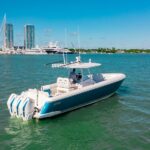









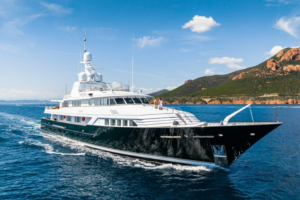


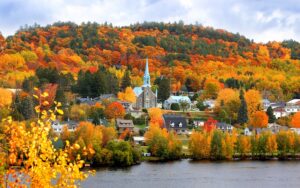

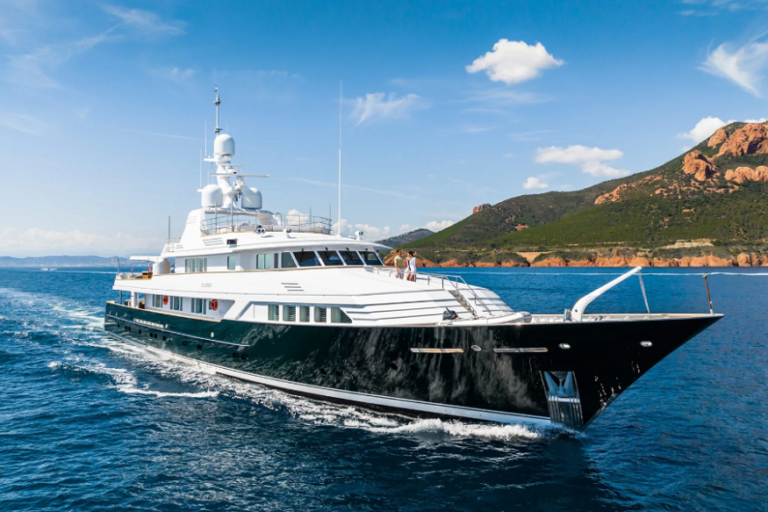

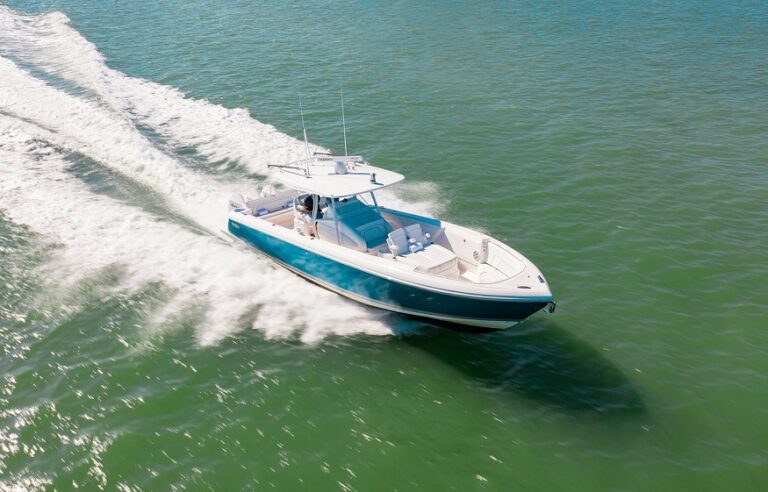



+ There are no comments
Add yours